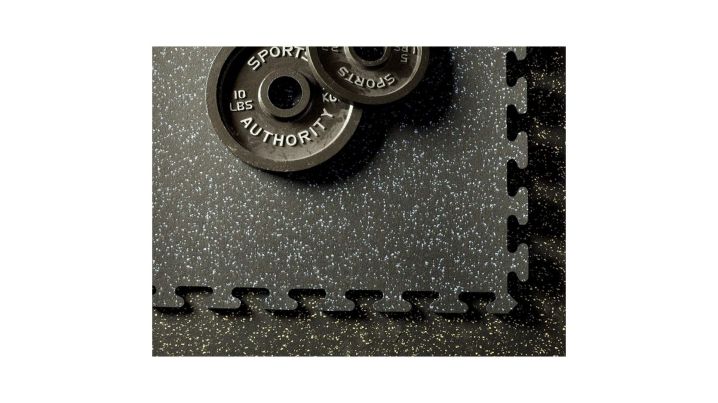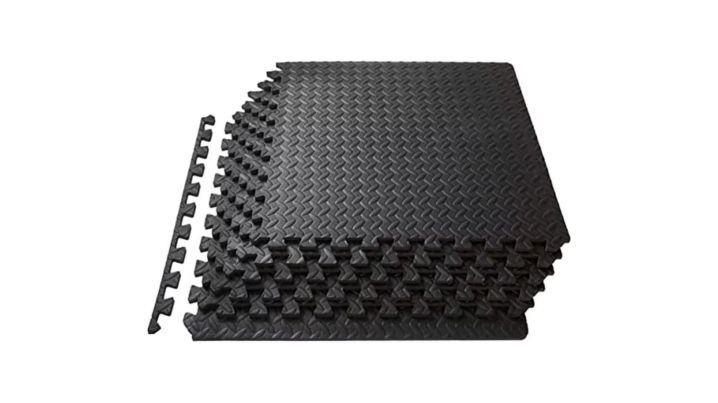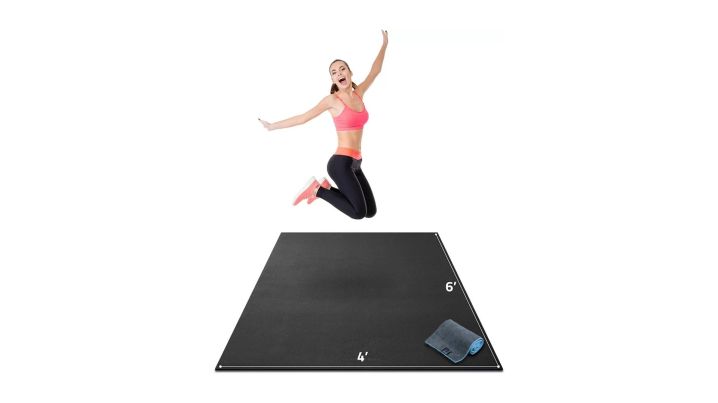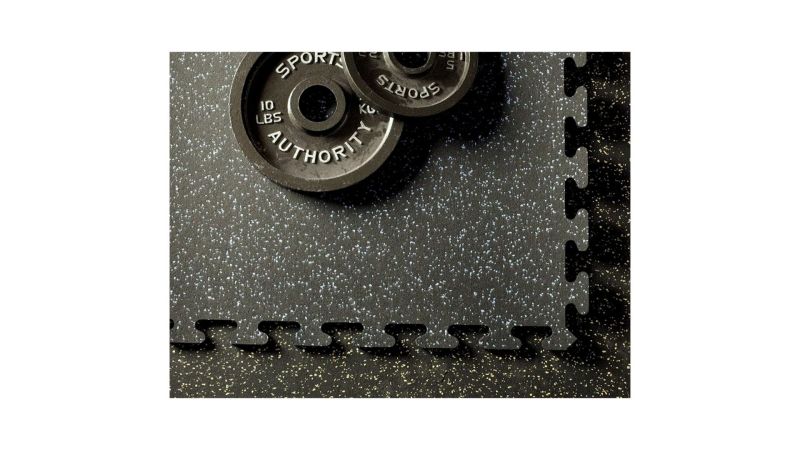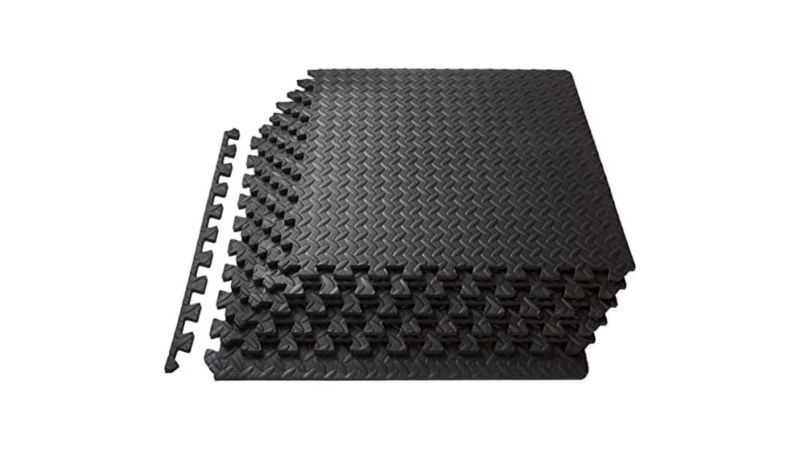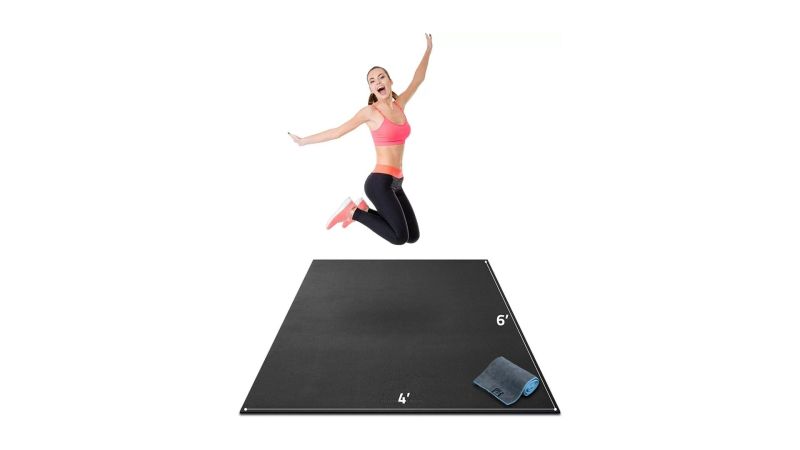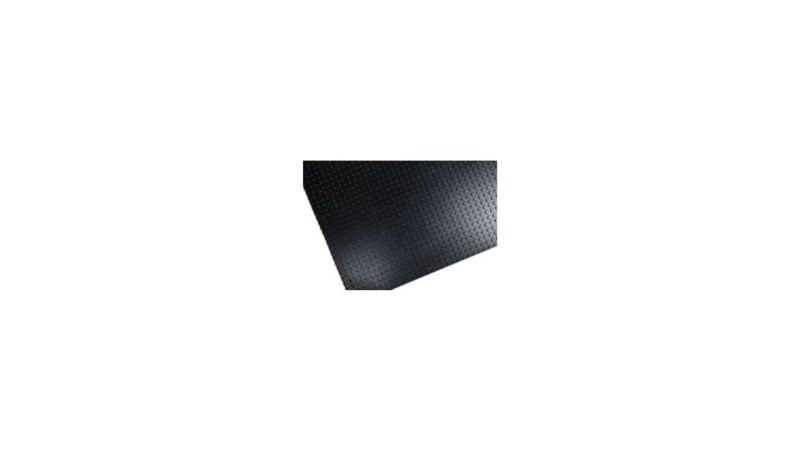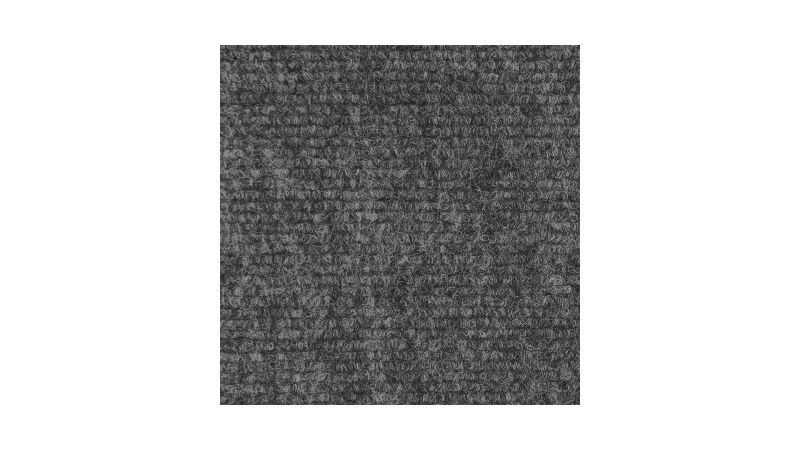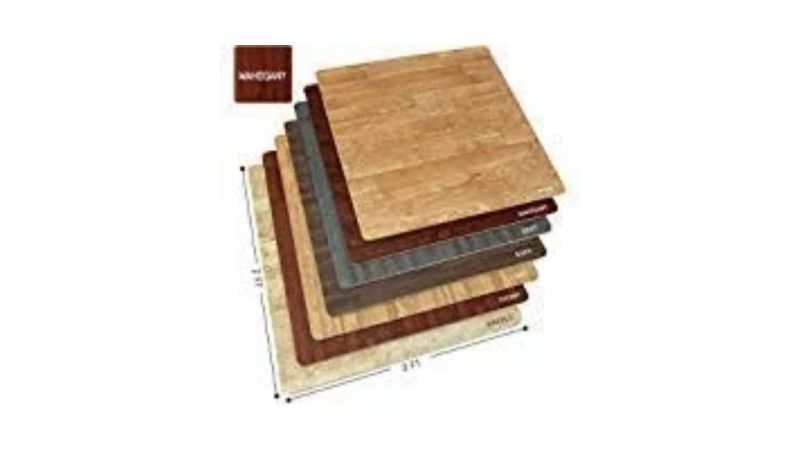We may earn revenue from the products available on this page and participate in affiliate programs.
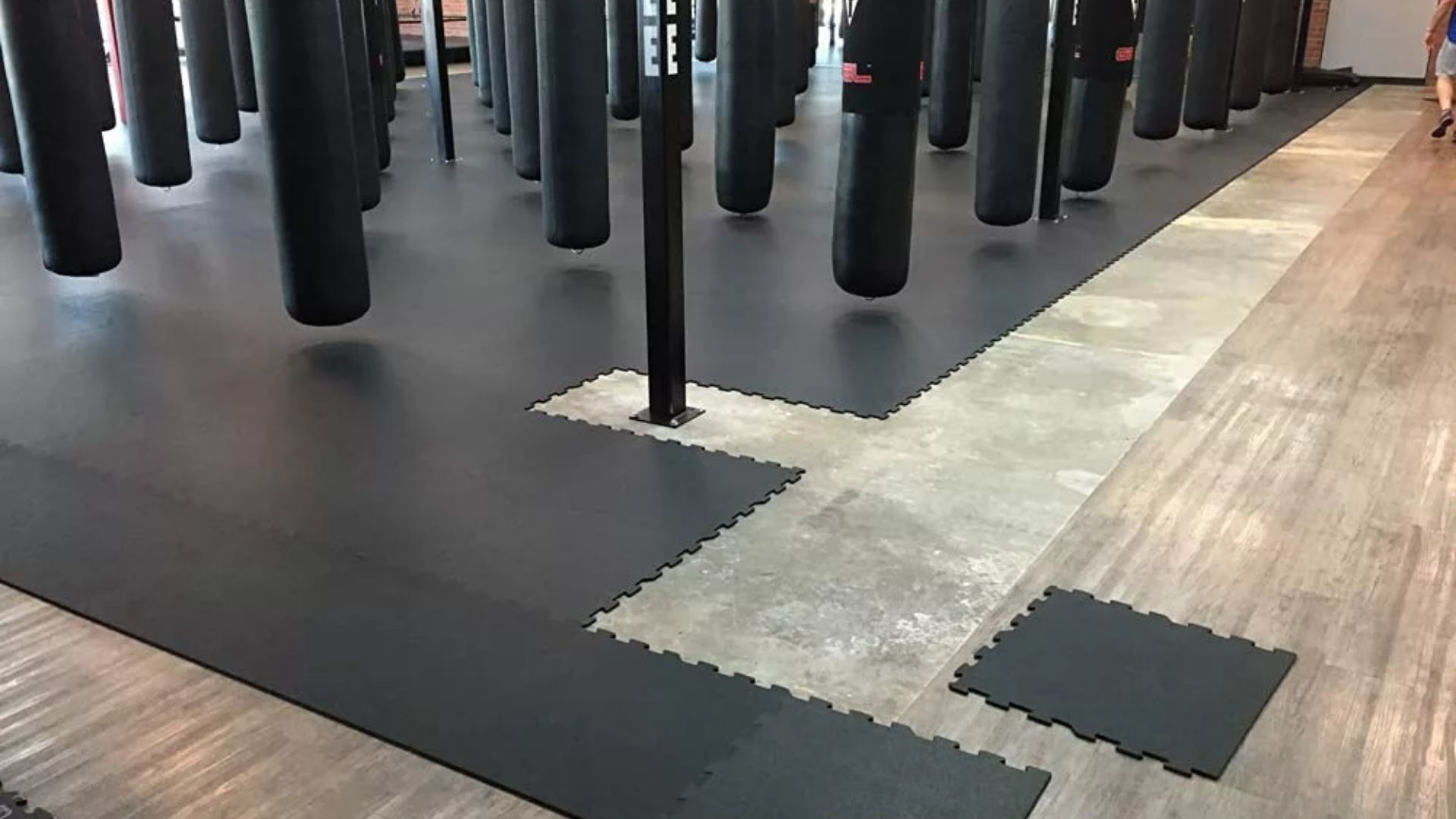
More often than not, a home gym is something we build over time through the periodic acquisition and accumulation of new equipment, but we often overlook a vital element right beneath our feet: home gym flooring. The use of home gym flooring is vital for a number of reasons, ranging from its positive effects on your joints to its positive effects on your wallet, when you no longer have to repair damages caused by dropped weights or the constant floor scuffing of cardio equipment or squat racks. Implementing smart gym flooring material will protect you and your home from undue wear and tear.
Before pulling the trigger on just any old flooring, you should be aware of the many different options on the market and their intended uses. The type of gym flooring needed for Olympic deadlifts won’t be the same as the best flooring for high-intensity interval training workouts or yoga. In this article, we’ll break down our top recommendations for the best home gym flooring on the market today and provide you with what you need to decide which fits your intended need.
- Best Overall: American Floor Mats Fit-Lock Rubber Flooring
- Best Budget: ProsourceFit Puzzle Exercise Mat
- Best Mats: Gorilla Mats Large Premium Exercise Mat
- Best Rubber Mat: Tractor Supply Co. Thick Rubber Stall Mat
- Best Carpet: House, Home, and More Indoor Outdoor Carpet
- Best Faux Wood: Sorbus Wood Grain Floor Mats
Best Overall
American Floor Mats Fit-Lock Rubber Flooring
Best Budget
ProsourceFit Puzzle Exercise Mat
Best Mat
Gorilla Mats Large Premium Exercise Mat
Best Rubber
Tractor Supply Co. Thick Rubber Stall Mat
Best Carpet
House, Home, and More Indoor Outdoor Carpet
Best Faux Wood
Sorbus Wood Grain Floor Mats
Things to consider before buying home gym flooring
Type of workouts
Not all home gym flooring is conducive to every type of workout. Incorrect flooring can have a negative impact on your workout, your body, and the original floor surface.
For heavy-weight workouts or Olympic-style lifting, you’ll want to make sure you get a gym flooring material that’s thick and durable to protect your current floor from abuse. Rubber flooring is generally considered the best for these types of workouts, and the thicker the better.
For lower-weight workouts or high-intensity, high-impact workouts, you can get away with foam mat flooring, which is slightly less durable but offers good cushioning for your joints.
Finally, if you do low-weight, low-impact workouts, a simple, durable carpet may be all you need.
Available space
For most of us, a home gym gets built wherever it’s going to be most out of the way: the back of the garage, tucked into the corner of the basement, between the dryer and the hot water heater. For others, it may be integrated into everyday living spaces such as a living room or office. Whatever your situation, you want to make sure you have flooring appropriate for your space.
If you live in a small apartment on the third floor, dragging up a 94-pound horse stall mat might not be the best option. Similarly, if your gym occupies the same space your truck often does, you may not want to lay out 48 square feet of fake wood floor mats that you have to move after every workout.
Environmental implications
Home gym flooring isn’t going to last forever, but a lot of it will come pretty darn close when it ends up in a landfill. If you like living here on this planet, it might behoove you to take into consideration the environmental implication of your flooring choices. Fortunately, many manufacturers of home gym flooring are taking this into consideration and making their products out of previously recycled materials. These companies are also pretty proud of this fact, so it’s often easy to tell if you’re making an eco-friendly choice or not.
FAQs about home gym flooring
Q: How thick should home gym flooring be?
A: The most common thickness for home gym flooring is ⅜ inches thick, but thickness should depend on your intended use. Carpets and thinner mats are good for low-impact activities, but experts recommend ½-inch thick flooring for Olympic powerlifters.
Q: How do you install home gym flooring?
A: Most mats or tiles are plug-and-play — simply roll them out and start your workout. Other mats or tiles need to be cut to the space provided, and a good, sharp box cutter will do the trick. Some come with adhesive tapes or glues, but that level of permanency scares me.
Q: How often should I clean my home gym flooring?
A: It’s good to give your home gym flooring a wipe-down once every week. For these light cleanings, Clorox wipes work well, but you should check if your flooring has any specific cleaning dos and don’ts. A good deep cleaning once every month is wise, depending on how much you sweat.
Final thoughts
The American Floor Mats Fit-Lock Rubber Flooring is our pick for the best home gym flooring option because it checks all the necessary boxes of functionality, durability, and thickness, while also being easy to transport and eco-friendly. Unlike mats of lesser build, the American Floor Mats Fit-Lock tiles’ tough rubber build will withstand the test of time and take whatever abuse you can throw at them.
Methodology
I know a lot of folks who said goodbye to their gym memberships during the COVID lockdowns and never went back. A good majority of them, like myself, started buying bits of equipment here and there and slowly built their own home gyms. The first thing I did when I started researching this article was to go around to each of those individuals and find out what type of flooring they are using, what types of workouts they are doing, and what they like or dislike about their choice of home gym flooring.
With the personal interviews under my belt, I bounced my list off from previously established lists on reputable sites such as Garage Gym Reviews, Runners World, Men’s Health, and more. With my list narrowed down, I then consulted the customer reviews on the product pages to find out what actual users were saying, the characteristics they praised, and the things that went wrong. All of this information was then evaluated and narrowed down further to provide you with the best possible choices for a broad range of home gym scenarios.
